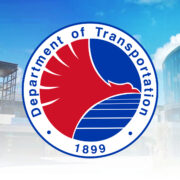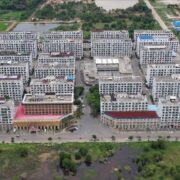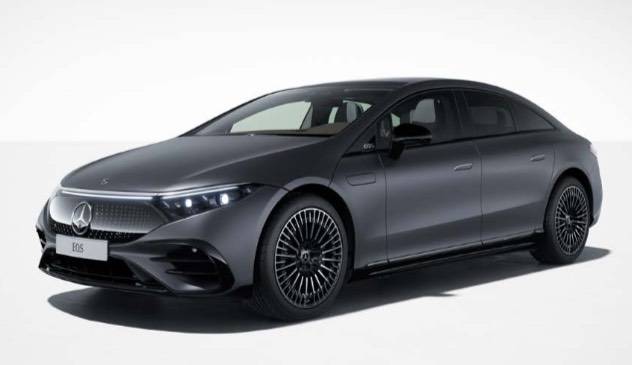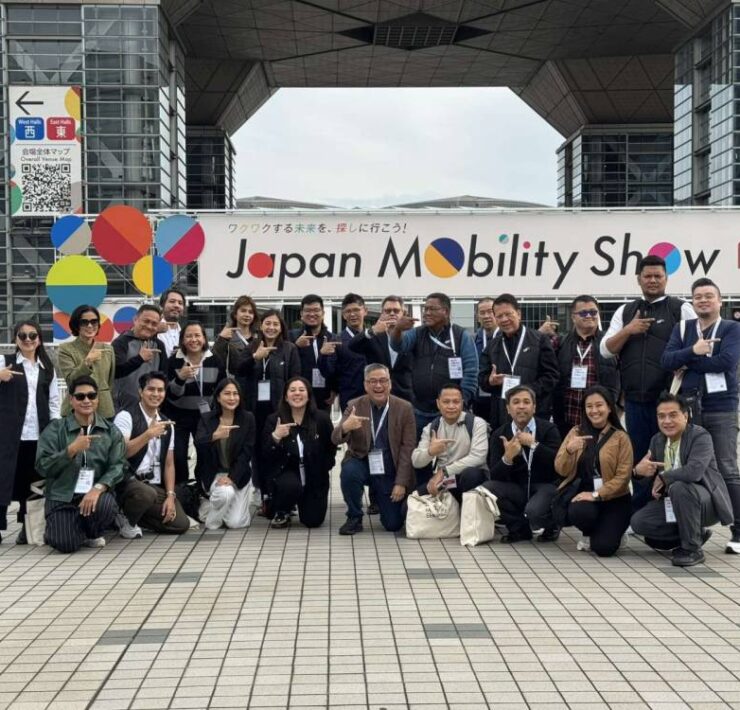A bevy of EVs
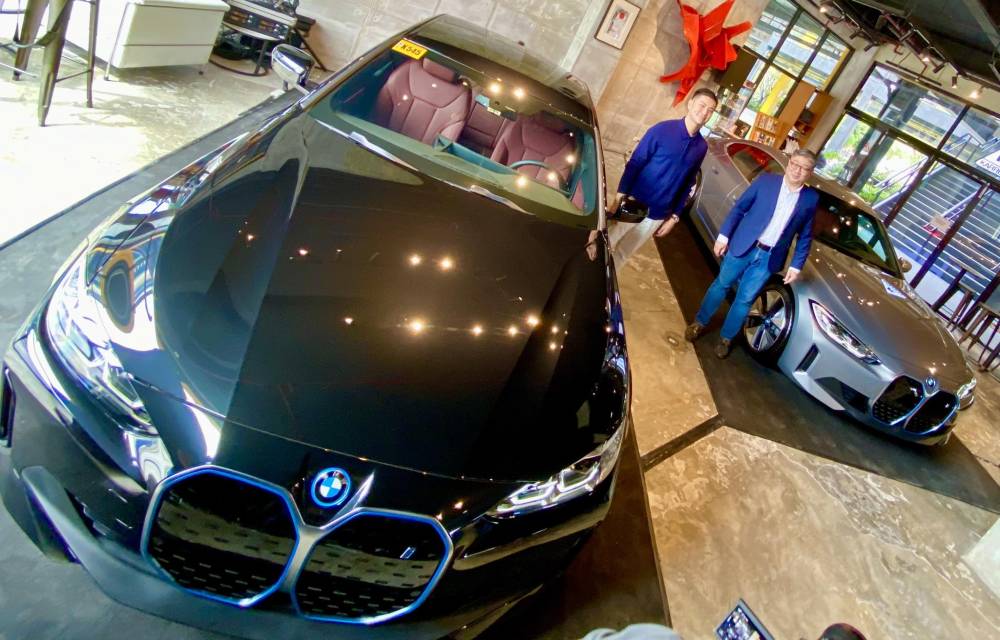
No matter how hard the critics try to put electric vehicles down, those EVs just keep coming. Despite the slow growth of the local EV ecosystem (mainly charging infrastructure), more and more EV brands and models are being introduced, including the so-called new “Kings of the Road,” the e-bikes and e-trikes. As one commenter said in Silicon Valley entrepreneur Tony Seba’s YouTube channel: “You can’t force a disruption, and you can’t prevent a disruption. It crosses very quickly from ‘impossible’ to ‘inevitable.’”
BMW i4 eDrive35
And so, here we are, reporting on the inevitable, one news item at a time. Let’s start at the top, literally at the socioeconomic top. SMC Asia Car Distributors Corp’s BMW Philippines—distributor of the iconic Bavarian carmaker—brings in the relatively affordable (at just P4.490 million) BMW battery EV (BEV) i4 eDrive35.
This 4-door mid-size luxury gran coupe was launched Jan. 19 at the Karrera Showroom in Alabang, Muntinlupa. Along with its looks, this BEV flaunts the BMW ConnectedDrive. The i4 eDrive35 is claimed to run for up to 483 km in between charges (WLTP cycle). It registers an electric power consumption of 18.7 to 15.8 kWh/100 km (WLTP cycle) and combines a 286 hp electric motor with classical rear-wheel drive. The BMW i4 eDrive35 comes with a 5-year comprehensive BMW Warranty, a 6-year BMW Service Inclusive package, an 8-year high voltage battery warranty, and a Wallbox charger installed by a BMW i partner in the customer’s home.
What I really like about the BMW i4 eDrive35 is its use of non-animal-sourced interiors. Yes, no slaughtered animals and their skins were used here. It uses Sensatec Perforated upholstery, which means no animal byproducts were used. The tire brand, Michelin, is also vegan, as it sources its stearic acid from non-animal sources. Here’s hoping that BMW converts its entire roster of vehicles into vegan interiors soon, as it could also help mitigate greenhouse gas emissions. The Digest wrote that BMW’s new steering wheel surface material reduces CO2 emissions along the value chain by around 85 percent compared to leather, and will help it deliver on its pledge to reach climate neutrality by 2050 at the latest.
Mercedes-Benz EQS 450 4Matic AMG
On the other hand, the recently launched Mercedes-Benz EQS 450 4Matic AMG, also an all-electric sedan, still uses animal-sourced leather. Which is just too sad, considering that Mercedes-Benz already has existing technology at its disposal to make interiors from such materials as mushroom, cactus, bamboo, and even bio-based vegan silk, as exemplified in its Mercedes-Benz vision EQXX concept EV.
IC Star Automotive Inc, the official and sole distributor of Mercedes-Benz vehicles in the country, launched the sedan Jan. 16 at its BGC showroom. It boasts of a 108.4 kWh battery pack with a maximum range of 717km (WLTP). The EQS 450 4Matic AMG can be yours (with the cruelly sourced animal skin and all) for P9,990,000.
Pinoy-made Lycan e-bikes on PH tour
Have you ever experienced driving from one tip of the country to the other? I did that in 2015, driving a sedan (accompanied by a navigator-reliever) from Manila to Cagayan de Oro and back. It took us all of 11 days, but each day was well worth the time spent on the road, and provided me a newfound appreciation for the country, its road network, and its people.
Now imagine touring the country on just two wheels, and those wheels are powered purely by electricity. That would be a more efficient, exciting and immersive ride. Such a tour is happening now, and it’s called the “Great Philippine Road Tour,” organized by a daring Lycan Motorcycles Inc, a 100-percent Filipino-owned EV manufacturer. This journey showcases the company’s electric motorcycle prototype models to demonstrate its commitment to sustainable transportation solutions.
These prototype models are the Atlas II (electric stand-up scooter), the Lycan G6 (electric cruiser motorcycle), and the Lycan Shyft (electric scooter). The Philippine tour is part of the company’s comprehensive testing phase, while demonstrating the long-distance capabilities of Lycan’s EVs, which are already equipped with enhanced batteries and cutting-edge solutions for battery swapping and fast charging.
The tour’s two legs cover both ends of the Philippines—from Davao City in the South to Aparri in the North—which will be completed in about 45 days, on a total distance of around 5,000 km to reach 26 destinations under various road and weather conditions.
FMC e-jeepney for less than P1M
Here’s another proud Pinoy automaker who’s rocking the boat as far as the contentious Public Utility Vehicle Modernization Program (PUVMP) is concerned. Francisco Motors Corp. (FMC) caused quite a stir when it announced that it could create and market an electric jeepney for less than P1 million—a third of the market rate for the diesel-powered “modernized jeeps.” In his Jan. 5 Facebook post, Elmer Francisco revealed his e-jeepney price at P985,000 per unit for the first 1,000 units, and that this offer would be on a first-come, first-served basis.
His post goes on to explain how interested parties can avail of the financing and installment facilities.
What now, EV infra?
The influx of new EV brands and models seems to outpace the establishment of charging infrastructure, and while critics point out that this could turn out to be a major deal breaker for potential EV buyers, Toti Zara, president of Mobility Access Philippines Ventures Inc., an Ayala company, begs to disagree. In an interview yesterday in ANC’s “Market Edge,” host Mimi Ong asked if the Philippines already had adequate EV charging infrastructure in place. “When I go on a road trip to Baguio, for example, will I pass through enough charging stations that I won’t worry getting stuck somewhere in the middle of the trip?”
Zara’s reply: “As we have learned in developed markets, 80 to 90 percent of the charging would really be done at home, and as we introduce BYD, we’ve decided to provide free home chargers for every BYD vehicle purchase, and based on the range of a BYD, about 500km, you only need to charge once a week. So, overnight charging. Occasionally, you would have that long drive. And that is why as an Ayala conglomerate, we have committed towards increasing the number of public charging stations. We are planning to have about 100 within the year. The (Department of Energy) has reported that today there are already 400 (charging stations) in the Philippines. For example, Shell has opened up charging equipment in their stations in such a way that you can actually drive anywhere in Luzon with an EV using the publicly available chargers.”
Mimi followed this up with the suggestion, “Hopefully there’s an app so we can see where all of these charging stations are,” to which Zara replied: “We are working on that app that would allow you to book a charger, pay for the charger, and monitor the status of the charging.”








